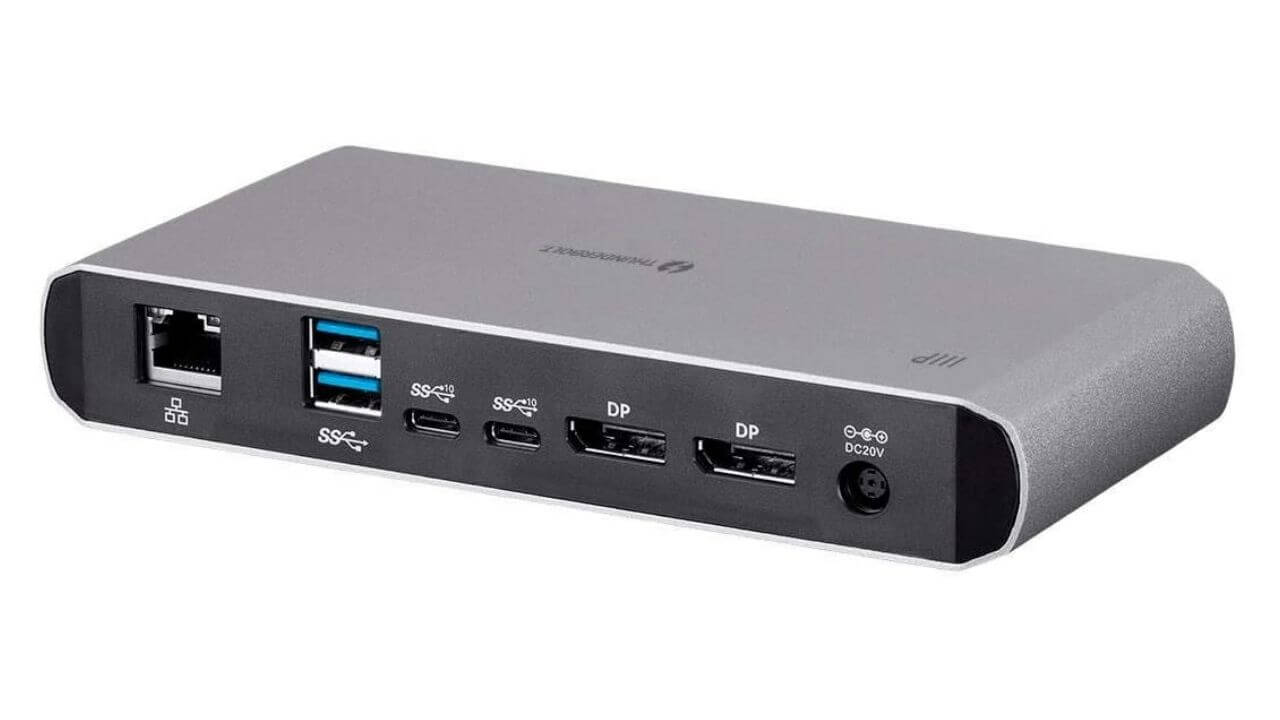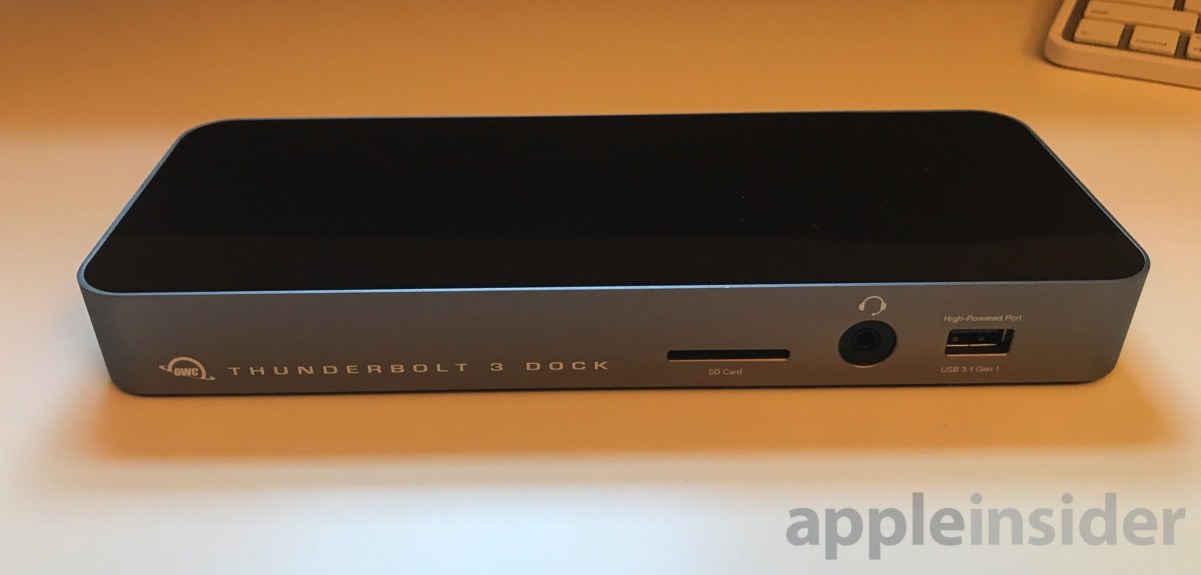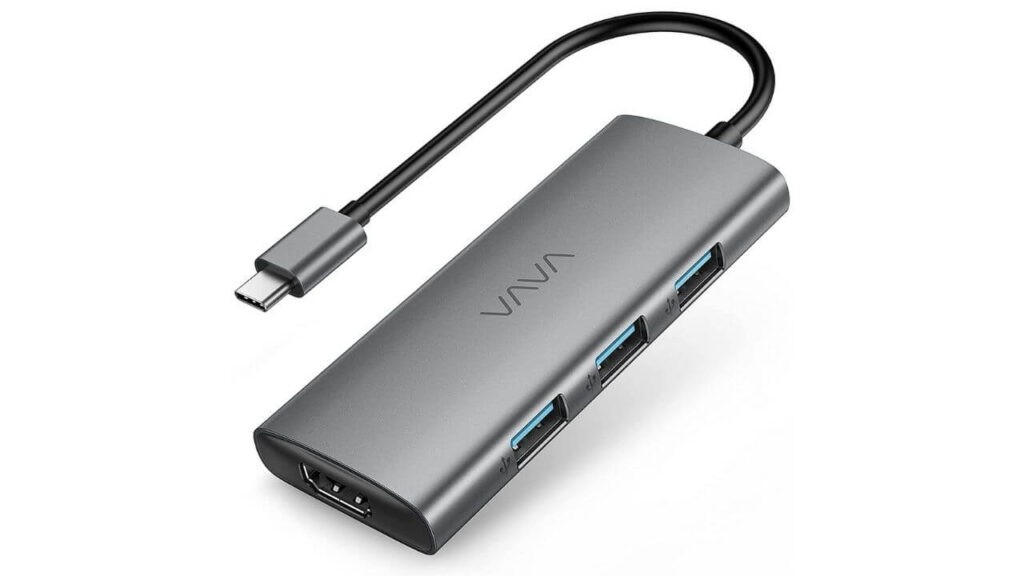


At certain times, you want to work on a single laptop screen in the living room, and at others, you buckle down at a desk with a more elaborate multi-screen setup and desktop peripherals. And today, with most business travel reduced to wearing a path in the carpet between your home office and the kitchen, flexibility matters more than ever. But many offices around the globe still rely on legacy ports such as HDMI and USB 3.0, not to mention SD card readers and Ethernet for wired connections. Thunderbolt and wireless connectivity are perfectly serviceable for most mobile professionals while they're out and about. If you have an M1 Mac, you really should consider a Thunderbolt dock It will let you connect not just USB drivers and peripherals, but also connect to monitors. Check out our primers on Thunderbolt 3 and Thunderbolt 4 to learn what makes Thunderbolt different from USB-C.

Like Henry Ford's Model T, which gave you a choice of colors (so long as you chose black), modern MacBooks give you your choice of ports, so long as they are Thunderbolt ports.Īpple uses oval-shaped Thunderbolt 3 and Thunderbolt 4 ports on its various laptops. How to Set Up Two-Factor AuthenticationĪpple's MacBook Pro and MacBook Air are remarkable laptops, but they don't make for the best desktop alternatives right out of the box.How to Record the Screen on Your Windows PC or Mac.How to Convert YouTube Videos to MP3 Files.How to Save Money on Your Cell Phone Bill.How to Free Up Space on Your iPhone or iPad.How to Block Robotexts and Spam Messages.When the MacBook Pro is plugged into the OWC Hub instead of the M1 Mac Mini, everything works as expected - the system recognizes and uses both monitors as external displays. Plugging USB-C cable going to Monitor 2 back to the OWC Hub after that doesn't change the layout. For the MacBook Air, it would be handy to have one more Thunderbolt port, for instance, as it would with the 2020 M1 Mac mini. If I unplug the USB-C cable going to the Monitor 2 from the Hub, macOS reconfigures itself to route DisplayPort over USB-C to Monitor 1 and HDMI to Monitor 2 (this is the desired state). Switching inputs on Monitor 2 shows the different macOS spaces of the same machine (the M1 Mac Mini). When I plug the M1 Mac Mini to the OWC Hub with a Thunderbolt 4 cable (came with the Hub), macOS recognizes two external displays but route both HDMI and DisplayPort over USB-C signals to the same display - Monitor 2. Monitor 2 is connected to M1 Mac mini with an HDMI cable (cable came with the monitor).Monitor 2 is connected to the OWC Hub with a USB-C cable (cable came with the monitor).Monitor 1 is connected to the OWC Hub with a Thunderbolt 3 cable.Two Dell U2720Q/U2720QM monitors (supports video signal from USB-C, HDMI & DisplayPort).

I'm trying to find a solution to switching external monitors between an M1 Mac mini and an Intel MacBook Pro by replugging a single Thunderbolt cable.


 0 kommentar(er)
0 kommentar(er)
